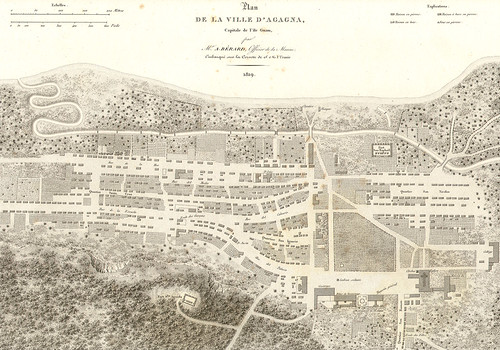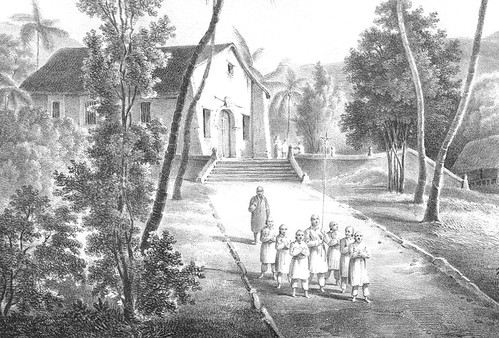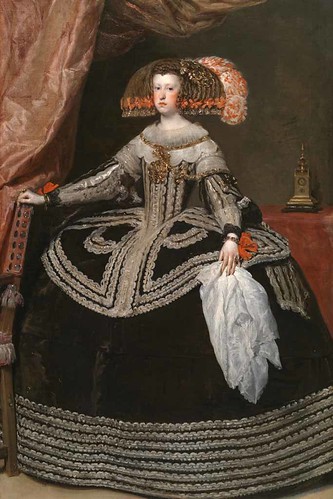Educational Institutions During the Spanish Era
Schools built in Hagåtña, Hågat, Malesso’, and Santa Cruz
Education of the local population was one of the colonizer’s concerns under the Spanish administration (1668-1898). With the arrival of the Jesuit Father Diego Luis de San Vitores in 1668, the Colegio de San Juan de Letrán was established in the capital city of Hagåtña. Boys who lived in the immediate surrounding area, as well as a number of selected young men that showed promise, were taught at the Colegio. Girls were sent to the Escuela de los Niñas or School for Girls.
Schools of Primary Letters
Other institutions, referred to as Schools of Primary Letters, were built in the other pueblos or villages and provided educational instruction to children, ages four to eleven. As such, these schools were located in the villages of Hågat with the outlying barrio or community of Sumay, Malesso’ with the outlying barrios of Humåtak and Inalåhan. A school was also constructed in the barrio of Santa Cruz, adjacent to the capital city of Hagåtña, perhaps due to large student population in the area. In addition to Santa Cruz, the capital city included the outlying barrios of Anigua, Asan, Tepungan, Sinajana, and Maria Cristina, or the present-day Tamuning.
Similar to the Colegio, the school in Santa Cruz was constructed of stone masonry (mampostería) and a tile roof. This structure, though in disrepair during the late nineteenth century, measured approximately forty-four feet long, sixteen feet wide and eleven feet tall.
All of the schools on the island were funded by the endowment (obra pía) provided by Spain’s queen regent, Queen Mariana of Austria. This funding source provided the salaries for the nine male and five female teachers in the villages as well as the capital city of Hagåtña.
In contrast to the Colegio de San Juan de Letrán and the school in Santa Cruz that both were built out of stone masonry, and the school in Hågat that was constructed out of wood, the remaining schools on the island were built out of the impermanent materials of cane and thatch.
Boys were taught in the areas of reading, writing, Christian doctrine, grammar, arithmetic, geography, history, literature, and manners. The girls received instruction in the subjects of reading, writing, Christian doctrine, sewing, and embroidery.
Initially, students used sticks as writing implements and banana leaves in lieu of paper. By the late nineteenth century, pens and paper were provided at the schools for the students to use.
At the end of 1886, enrollment statistics at the schools in the different villages were as follows: Hågat (113 boys, 116 girls), Malesso’ (45 boys, 44 girls), Inalåhan (33 boys, 22 girls).
For further reading
Ibañez y Garcia, Luis de. The History of the Marianas, with Navigational Data, and of the Caroline and Palau Islands: From the Time of their Discovery by Magellan in 1521 to the Present. Translated and annotated by Marjorie G. Driver. MARC Educational Series no. 12. Mangilao: Micronesian Area Research Center, University of Guam, 1992.
Vara de Rey y Rubio, Joaquín, Luis Santos Fontordera, and Luis Cadarso y Rey. Reports Concerning the Mariana Islands: The Memorias of 1890-1894. Translated and annotated by Marjorie G. Driver. Mangilao: Richard F. Taitano Micronesian Area Research Center, University of Guam, 2000.




